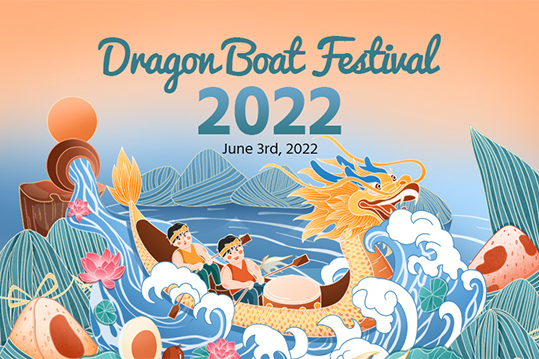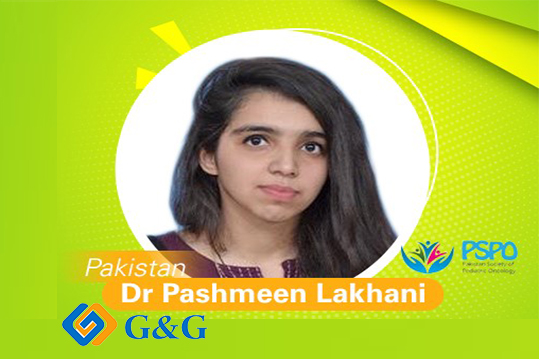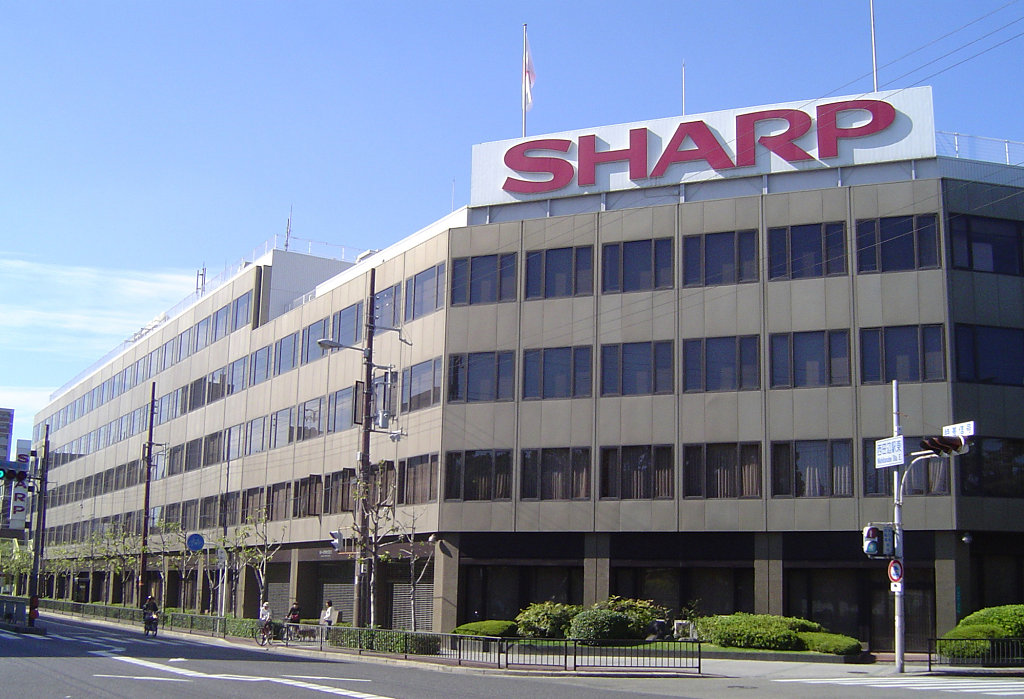Toner Manufacturing
Toner Manufacturing: A Changing & Challenging Global Landscape.

Graham J. Galliford, (pictured). Who is the President of, Galliford Consulting & Marketing USA, discusses the toner industry, trends, technology and opportunities.

Toner Manufacturing worldwide is in virtual stasis. A quick look at global production statistics will reveal there has been, and is predicted to be, almost no change in production volume in the shorter term. At the same time, data and information continues to grow exponentially. Historically, the growth in demand for printing follows the growth in information.
In 1982 Richard Buckminster Fuller developed the “Knowledge Doubling Curve”. He showed that until 1900, knowledge and information doubled approximately every century and that by 1945 it was doubling every 25 years. Today, there is agreement amongst experts that the size of the digital universe doubles every 2 years, a 50-fold growth from 2010 to 2020.
This exploding information volume has introduced many challenges including how to most efficiently store, share and manage data and information. “Soft” technology solutions have helped improve this efficiency but their wide scale adoption has profoundly affected the technology and media used in information management and the amount that is printed. Consequently, print hardware placements, population and print volumes are shifting differently globally.
Annual printer placements are slowly declining in North America and Europe. In addition, the work force is changing globally. Commerce is changing to accept “soft copy” instead of “hard copy”, improving document storage, sharing and management as well as lowering costs. Understandably hardware manufacturers are slowing the development of new hardware, which is creating the same trend for toner development.
The toner market derives its demand from the printer hardware market, economic growth, and changes in the literacy and wealth of populations. Hard copy demand in developed markets is becoming smaller leading to the threat of continued reduction in market size. By contrast in developing markets and emerging economies, printer hardware placements, printer population and printing continue to increase.
For the majority of the population in such countries, print is more affordable than tablets and mobiles. For communication, records and transactions, “hard copy” continues to be the reliable medium of choice. Despite continual improvements in infrastructure—electrical power, mobile coverage and Internet services—“hard copy” retains significant value in guaranteeing the availability of data and information.
Notwithstanding this, there have been subtle but important shifts in technology, manufacturing and focus in the global toner manufacturing industry. There is consistent demand for higher quality monochrome, colored toner and new technology products. These shifts have impacted the industry geographically and had a big influence on the industry globally.
Toner Industry Trends
- Production
Globally, there are still about 100 toner manufacturers in Europe, the Americas and Greater Asia. A number of toner companies have withdrawn from the industry, notably in North America and Europe. However, there has been a growth of toner manufacturing in Asia, particularly in China.
Japan continues to dominate global production volume. Japanese toner manufacturers are either OEMs or contractors for the OEMs. The toner production of Japanese vs. non-Japanese companies is shown in the Chart 1. As can be seen, the volume of Japanese manufacture has decreased by seven percent (7%) year on year. Non-Japanese company toner production is also down by about ten percent (10%) since 2012.
However, there is growth in production by non-Japanese companies that are supply third-party or aftermarket suppliers. The growth in production in that sector has been about 17% to date and is forecast to increase a further 13% by 2021.
In the 2012 calendar year, the worldwide production of toner was about 188,000 tons and in 2018 it is expected to about 189,000 tons. My estimates show that production volume will not grow much beyond that into the foreseeable and will remain below 200,000 tons.
Global cumulative average growth rate percentage (CAGR%) for the period 2012 – 2021 is forecast to be about 0.43%. However, this growth is not expected to be universal across all regions. The Japanese manufacturer CAGR% is forecast to be -1.06% while non-Japanese manufacturers production is expected to grow by 3.3%.
- Technology
The development of new toner technology is driven by market demands. The focus on improved quality, color, energy efficiency and environmental friendliness is driving development. Downward profitability pressure in the industry, with its effect on business cash flow, means that manufacturers are pressed for Research and Development (R&D) finance to meet the challenge to develop new technology.
OEMs are moving ever more into Chemically Prepared Toners (CPT), and this will put even more pressure on aftermarket manufacturers. Chart 2 shows the history and forecast for the split in volume in manufacturing technology.
On one-hand, the adoption of CPT satisfies higher print quality demands from the market. CPT with a mean particle size of 4.6μm has already been commercialized.
Globally, environmental regulations are becoming more demanding every year. Energy Star Version 3.0 is slated to take effect in 2019 and calls on manufacturers to significantly reduce future print engine energy consumption. This will impose the development of ultra-low temperature fixing toners that most likely cannot be manufactured using conventional technology.
These toners with the challenges of the inherent heat stability issues of “blocking”, powder flowability and storage stability may need new CPT technologies in order for the challenges to be successfully met.
The toner industry is also challenged by environmental issues like the use of nano-sized titanium oxide (TiO2) as a surface additive. According to NISOH & IARC, nano-sized TiO2 particles should be considered a potential carcinogen (Class 2B) and in Canada TiO2 has been classified as class D2A.
It is anticipated that products containing TiO2 may need to be labeled as hazardous and if totally banned then manufacturers will need to develop an alternative. In anticipation of this problem some manufacturers have already decided not to use this material in their new toners.
- Asia Industry Trends
The major growth in production in the global industry has been in Asia with continued investment in R&D and development of production facilities, but this investment has slowed somewhat recently.
Competition with Asian manufacturers, who market low-cost toner, is becoming more intense. The industry in China continues to influence global toner production. Chinese toner cartridge production has grown rapidly to satisfy both domestic and foreign market demand.
A significant part of the demand for toner is for new compatible, new-built cartridges as well as remanufactured ones. Toner industry overcapacity has created a problem of profitability for the global industry. The problem is worst in older legacy toner products especially magnetic mono-component monochrome types.
Opportunities
There are some areas that offer opportunities for good profitable business. In commercial printing, companies are gradually replacing some traditional printing devices for toner-based equipment.
Machine makers are focusing on new hardware for production printing—a growing and promising market—rather than on office machines. For this application toner durability, high quality, and low-temperature fusing, are targets for overall system improvement.
Demand for commercial printing has created demand for value-added toners. Manufacturers are developing and marketing toner in gold, silver, white, clear, green, orange, blue, and other colors including fluorescent. These value-added toners provide the opportunity for higher profitability from a lower volume.
Other special toners have good potential for niche markets like secure document printing. Toners with special performance characteristics such as fluorescence and enhanced permanency offer the potential for good profitability even though volumes are more modest than traditional applications.
It is being suggested that some Japanese toner manufacturers may choose to form alliances with other Asian companies, as has been seen in the past in such industries as motorbikes. Entering such strategic partnerships and joint developments in technology and business may help to protect market and profitability.
With a challenging business outlook for the office-equipment industry, toner manufacturers need to prepare themselves to develop, produce, and sell products that distinguish themselves, or merge to survive the challenges of the future.





Leave a Comment
Want to join the discussion?Feel free to contribute!